Hey FC Community  ,
,
I see a need that exists on the forum in regards to those seeking new vaporizers and others comparing ABV "darkness" of their particular setups.
So I thought to start a thread where we could submit pic by pic postings showing the progression from fresh herb to dark brown ABV. I think it would be of value, as there's so much discussion on which vapes extract certain ways, or the most completely, etc... So I think it would be of much value to the community, especially those looking for particular characteristics in a vaporizer unit. (for those who have 20 hit sessions, a pic every few hits could be specified to shorten otherwise lengthy postings).
For example,... (Each item below should have an associated picture showing the condition of the product).
Whip Use or Direct Draw Vapes
1) First a picture of the fresh herbs on white background, then loaded into the device.
2) Picture of product on same white background after first whip hit.
3) Picture of product on same white background after 2nd whip hit.
4) .... 5) .... 6).... (all pictures of progression towards "however" dark of ABV someone wishes to end a session at).
7) Picture of the final ABV on same white background.
Bag Vapes
1) First a picture of the fresh herbs on white background, then loaded into the device.
2) Picture of product on same white background after first bag filled.
3) Picture of product on same white background after 2nd bag filled.
4) etc until session ended.
5) Picture of the final ABV on same white background.
Include Additional Information
Of course, the more info that one were to include in their postings, the better... things like...
* The Vaporizer Unit and Any mods to the Vaporizer
* Weight of the product used during testing.
* Ambient Air Temperature (would make a difference... for example, vaping in Alaska vs. Arizona)
* If you're vaporizer is NOT a bag model, also useful to know if you have Iron Lungs or are more geared
towards Featherweight, as length/strength of draw can impact ABV progression.
* Vaping max temperature used.
* Type of product (strains can make a difference, also difference between top shelf and mids)
* The pictures posted would report on the type of grind (fine, medium, course, none)
* Or any other details that could impact extraction
So what I envisioned is someone who was looking for a vape with particular extraction characteristics (speed of extraction, completeness of extraction, for example) could come to this thread and get a pretty decent idea of where to start focusing within FC on vaporizers or mods that would perform as they desired. Others could find out how to improve extraction of their setups by reviewing the postings of those who have similar equipment configurations, but maybe use different techniques.
One point brought up in discussions with our moderators was the inconsistency of pictures posted, especially in the area of "white balance". In an attempt to equalize pictures that would be posted, there are two remedial steps that should be applied to pictures to be used. First one will provide a basis for comparison amongst all photos, that being ABV photographed against a white background. A standard piece of white paper, no ultra-bright white or glossy, should be used. The second suggestion would be to use Picasa (free photo editing software from Google), along with the instructions on this website on Auto-White Balancing a photograph, to ensure consistency of the photos posted.
(Don't let the white balancing steps scare you off! They're not bad once you review from a lower elevation.. Yeah, pun intended!)
Yeah, pun intended!)
Just to re-emphasize a picture posting requirement to ensure a general understanding, all pictures of ABV should be taken with ABV out of bowl clearly shown on a white piece of paper. The more closely these criteria are followed, the more value the pictures in this thread will be!
Link to Picasa
http://picasa.google.com
Link to White Balance Instructions for Picasa
http://www.howtogeek.com/166236/how-to-fix-poor-white-balance-in-your-photos-with-post-processing/
Links and references to picture hosting websites:
http://imgur.com/
(also, TinyPic, Photobucket, Flickr, Image Shack, PostImage.org)
When I can find the time, I will be posting my entries on the Herbalizer (stock) and the Arizer EQ (modded).... maybe even the Solo (stock).... This doesn't mean anyone should avoid reviews of these units. I would love to see a posting on one of these units that contained some technique or key piece of info that would let me get better extraction, performance, or elevation from my sessions/vaporizers.
Wanted to get this out before Christmas, as some may receive new digital camera, a new vape or other associated toys that can aid in this undertaking. So, who wants to post the first progression from Green to the Dark Side?
If you'd like to contribute to this effort, please try to follow the criteria specified... or future criteria that may be posted as the bugs of the thread are worked out.... Otherwise this thread could wind up in the ABV section of FC. (This may be a tough thread to keep alive, but with a little work/effort could turn out to be a valuable resource as well.)
Oh, and Happy Holidays All! Wishing Santa drops some new vapes and glass your way!
Thanks,
DDave
 ,
,I see a need that exists on the forum in regards to those seeking new vaporizers and others comparing ABV "darkness" of their particular setups.
So I thought to start a thread where we could submit pic by pic postings showing the progression from fresh herb to dark brown ABV. I think it would be of value, as there's so much discussion on which vapes extract certain ways, or the most completely, etc... So I think it would be of much value to the community, especially those looking for particular characteristics in a vaporizer unit. (for those who have 20 hit sessions, a pic every few hits could be specified to shorten otherwise lengthy postings).
For example,... (Each item below should have an associated picture showing the condition of the product).
Whip Use or Direct Draw Vapes
1) First a picture of the fresh herbs on white background, then loaded into the device.
2) Picture of product on same white background after first whip hit.
3) Picture of product on same white background after 2nd whip hit.
4) .... 5) .... 6).... (all pictures of progression towards "however" dark of ABV someone wishes to end a session at).
7) Picture of the final ABV on same white background.
Bag Vapes
1) First a picture of the fresh herbs on white background, then loaded into the device.
2) Picture of product on same white background after first bag filled.
3) Picture of product on same white background after 2nd bag filled.
4) etc until session ended.
5) Picture of the final ABV on same white background.
Include Additional Information
Of course, the more info that one were to include in their postings, the better... things like...
* The Vaporizer Unit and Any mods to the Vaporizer
* Weight of the product used during testing.
* Ambient Air Temperature (would make a difference... for example, vaping in Alaska vs. Arizona)
* If you're vaporizer is NOT a bag model, also useful to know if you have Iron Lungs or are more geared
towards Featherweight, as length/strength of draw can impact ABV progression.
* Vaping max temperature used.
* Type of product (strains can make a difference, also difference between top shelf and mids)
* The pictures posted would report on the type of grind (fine, medium, course, none)
* Or any other details that could impact extraction
So what I envisioned is someone who was looking for a vape with particular extraction characteristics (speed of extraction, completeness of extraction, for example) could come to this thread and get a pretty decent idea of where to start focusing within FC on vaporizers or mods that would perform as they desired. Others could find out how to improve extraction of their setups by reviewing the postings of those who have similar equipment configurations, but maybe use different techniques.
One point brought up in discussions with our moderators was the inconsistency of pictures posted, especially in the area of "white balance". In an attempt to equalize pictures that would be posted, there are two remedial steps that should be applied to pictures to be used. First one will provide a basis for comparison amongst all photos, that being ABV photographed against a white background. A standard piece of white paper, no ultra-bright white or glossy, should be used. The second suggestion would be to use Picasa (free photo editing software from Google), along with the instructions on this website on Auto-White Balancing a photograph, to ensure consistency of the photos posted.
(Don't let the white balancing steps scare you off! They're not bad once you review from a lower elevation..
 Yeah, pun intended!)
Yeah, pun intended!)Just to re-emphasize a picture posting requirement to ensure a general understanding, all pictures of ABV should be taken with ABV out of bowl clearly shown on a white piece of paper. The more closely these criteria are followed, the more value the pictures in this thread will be!
Link to Picasa
http://picasa.google.com
Link to White Balance Instructions for Picasa
http://www.howtogeek.com/166236/how-to-fix-poor-white-balance-in-your-photos-with-post-processing/
Links and references to picture hosting websites:
http://imgur.com/
(also, TinyPic, Photobucket, Flickr, Image Shack, PostImage.org)
When I can find the time, I will be posting my entries on the Herbalizer (stock) and the Arizer EQ (modded).... maybe even the Solo (stock).... This doesn't mean anyone should avoid reviews of these units. I would love to see a posting on one of these units that contained some technique or key piece of info that would let me get better extraction, performance, or elevation from my sessions/vaporizers.
Wanted to get this out before Christmas, as some may receive new digital camera, a new vape or other associated toys that can aid in this undertaking. So, who wants to post the first progression from Green to the Dark Side?
If you'd like to contribute to this effort, please try to follow the criteria specified... or future criteria that may be posted as the bugs of the thread are worked out.... Otherwise this thread could wind up in the ABV section of FC. (This may be a tough thread to keep alive, but with a little work/effort could turn out to be a valuable resource as well.)
Oh, and Happy Holidays All! Wishing Santa drops some new vapes and glass your way!
Thanks,
DDave




 Another benefit of this thread will be allowing one to compare their experiences to others, and results... even pick up new techniques to improve their sessions along the way... And if someone isn't getting expected results in their sessions when compared to postings in this thread, session differences could be discussed and areas of lacking addressed.
Another benefit of this thread will be allowing one to compare their experiences to others, and results... even pick up new techniques to improve their sessions along the way... And if someone isn't getting expected results in their sessions when compared to postings in this thread, session differences could be discussed and areas of lacking addressed.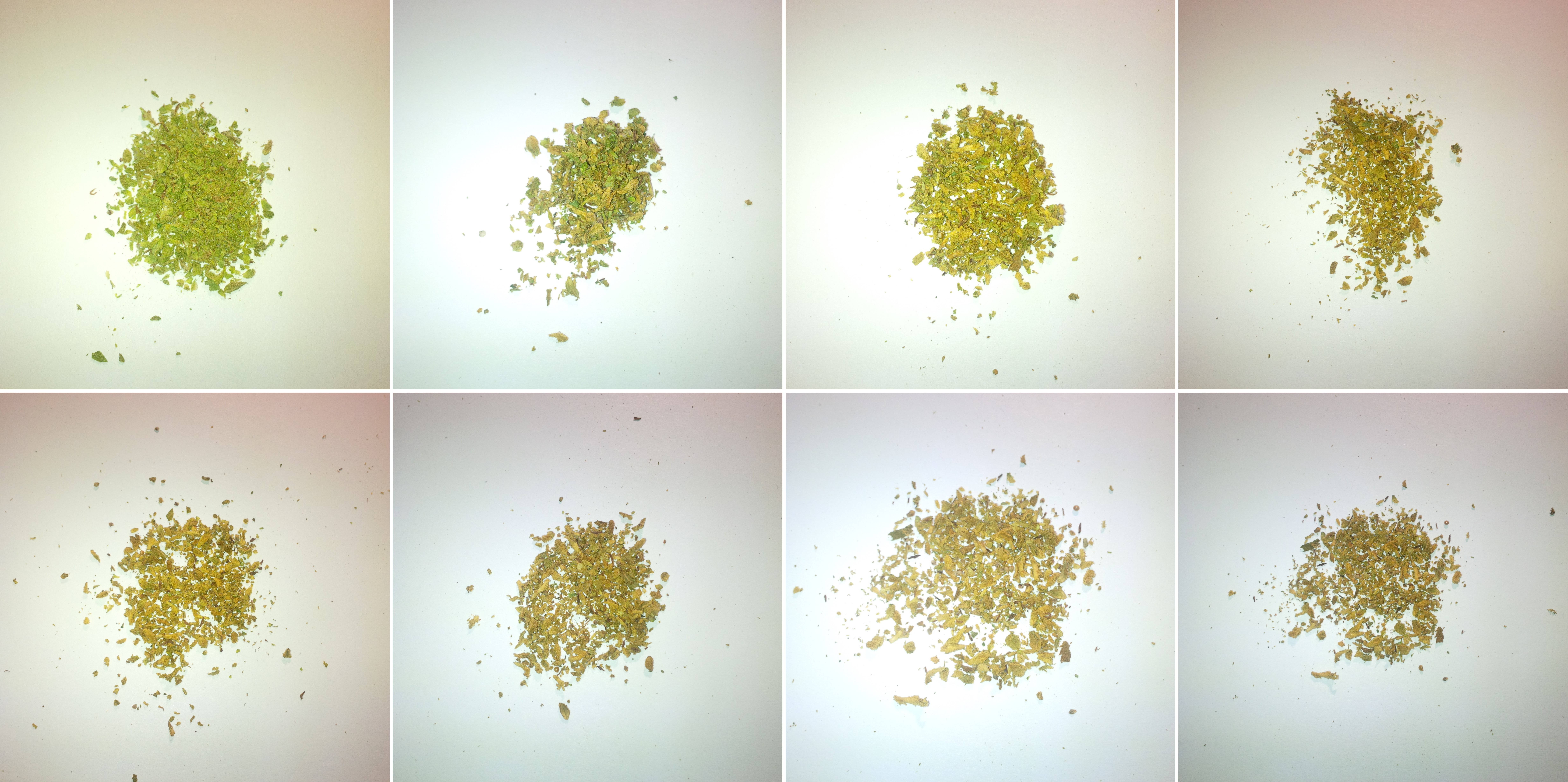
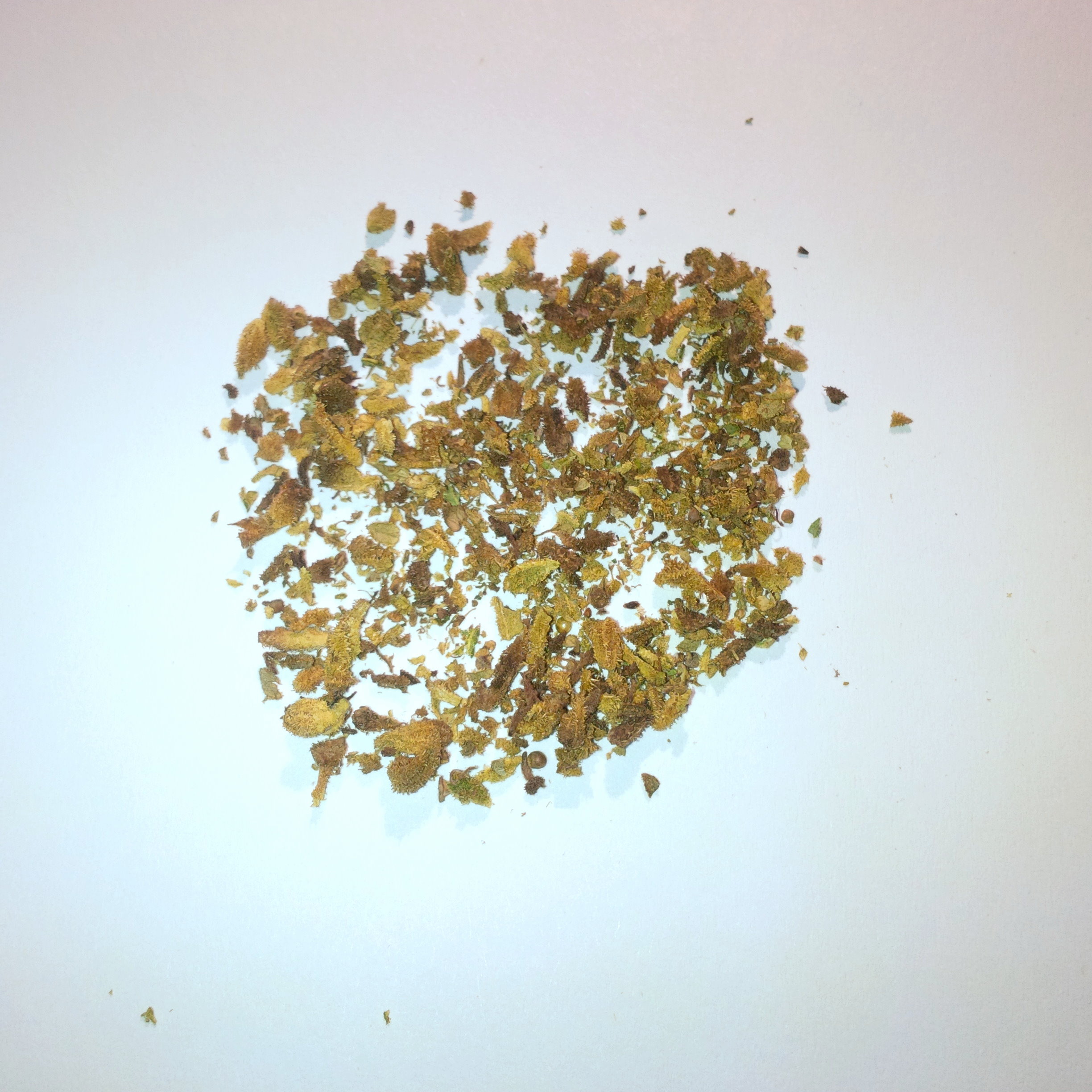
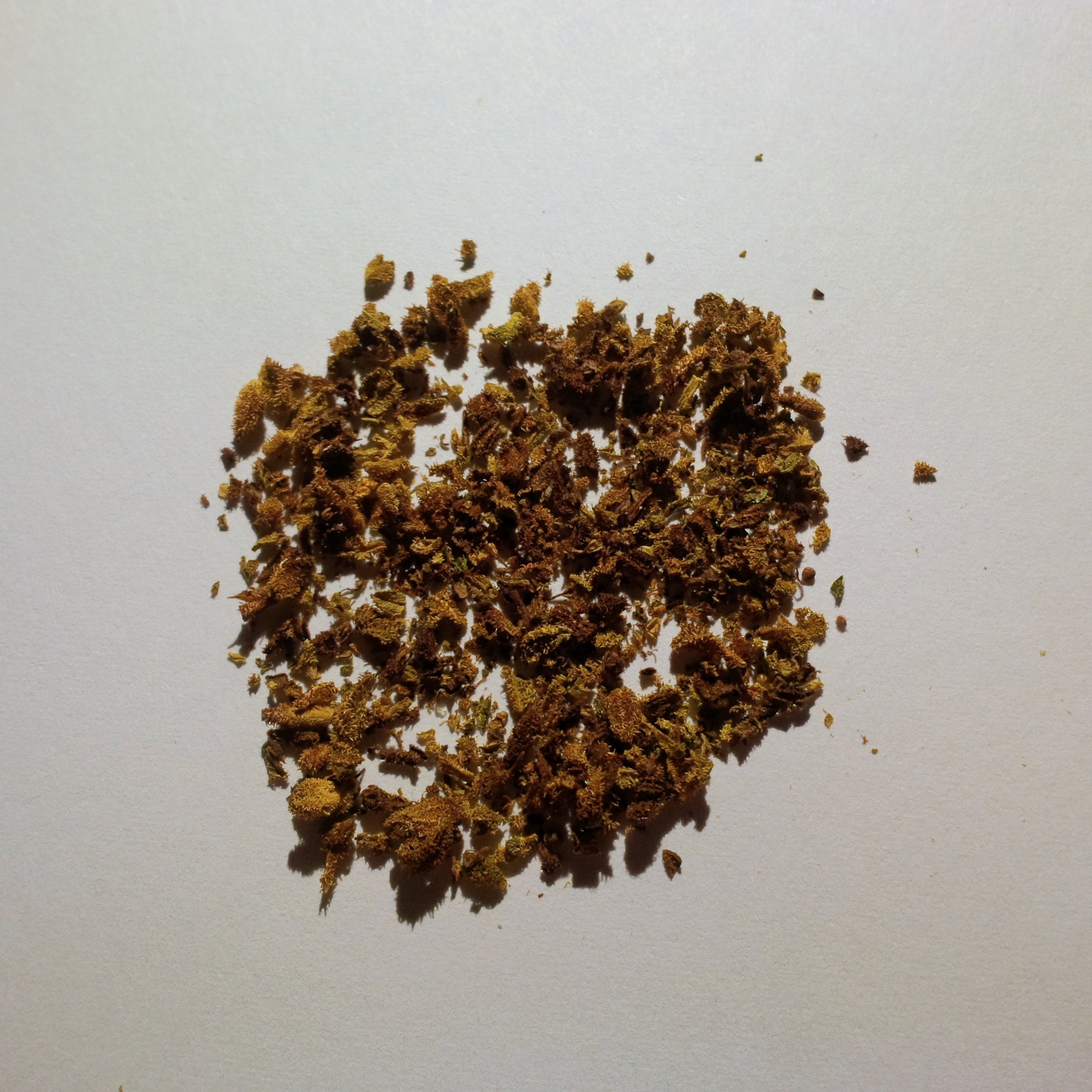
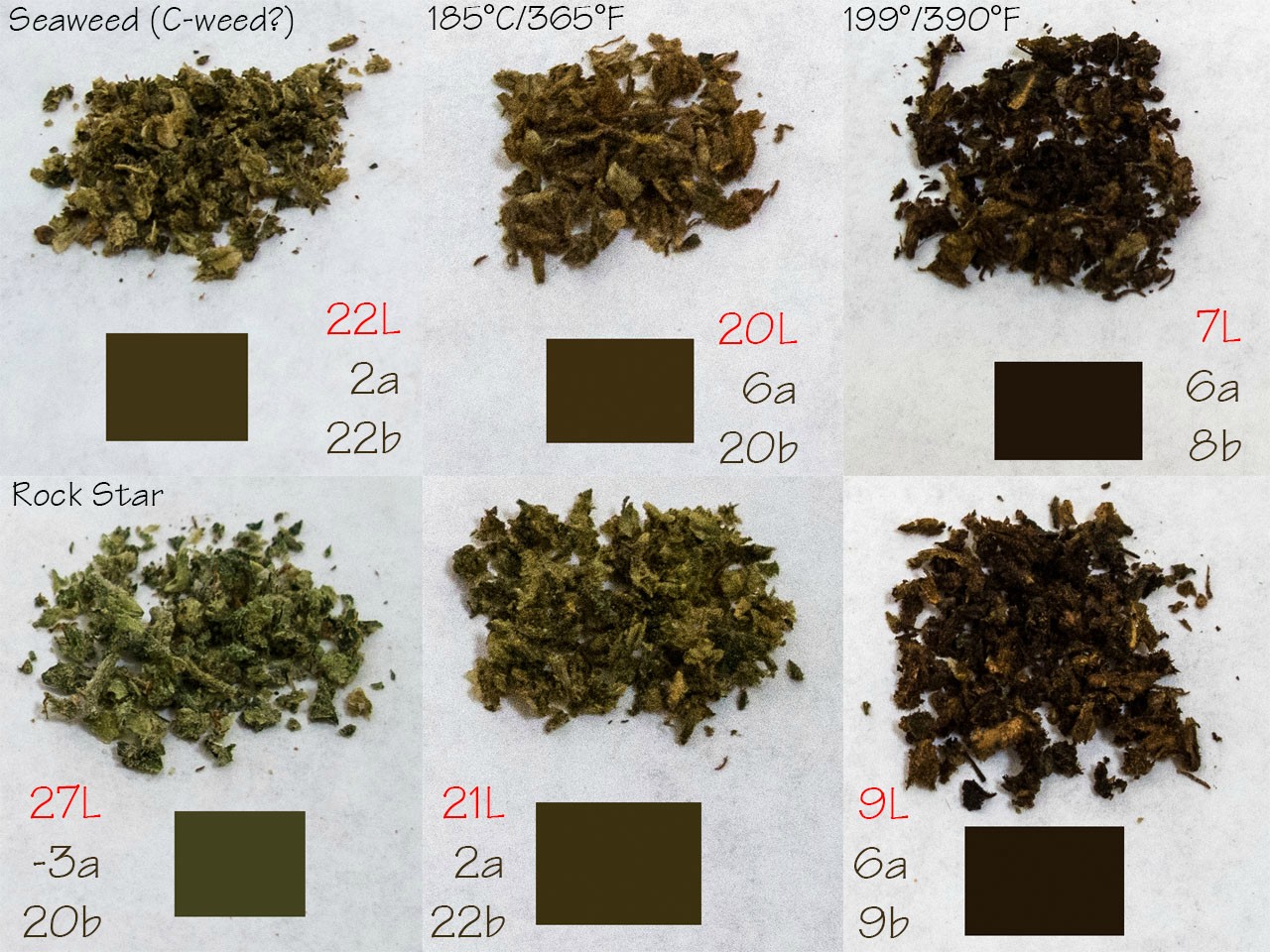
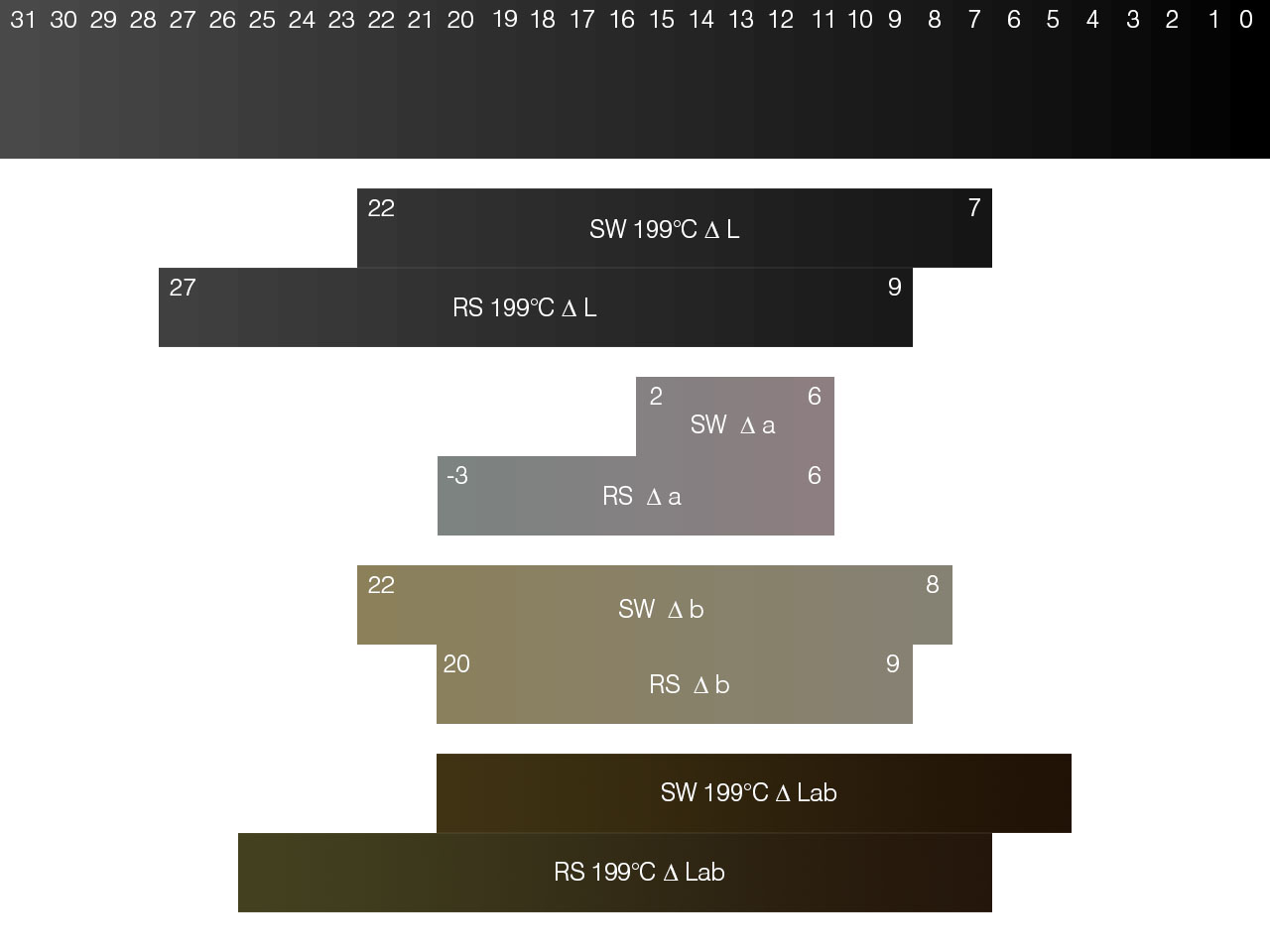
 I don't understand enough about the science behind it to know why?
I don't understand enough about the science behind it to know why?